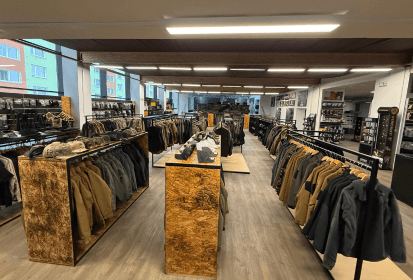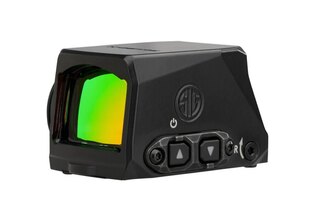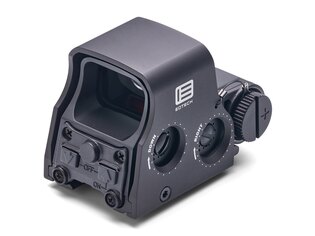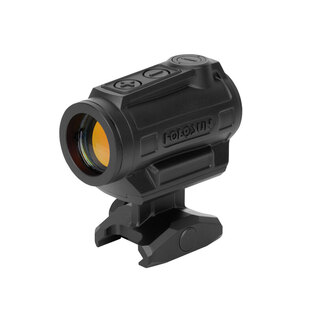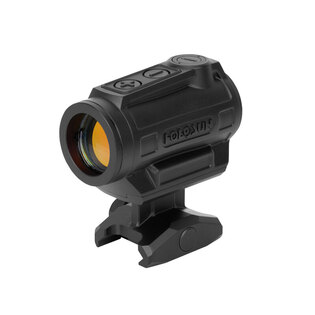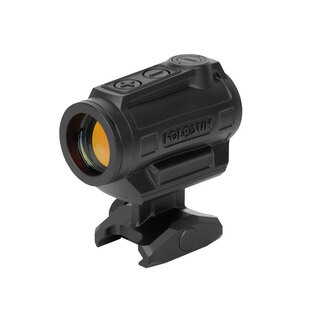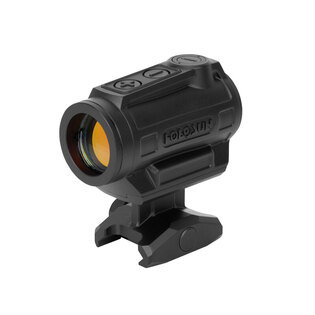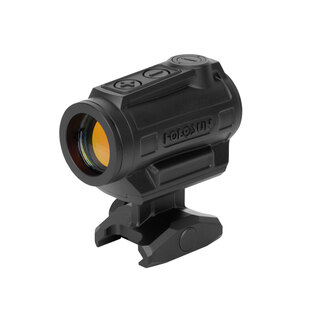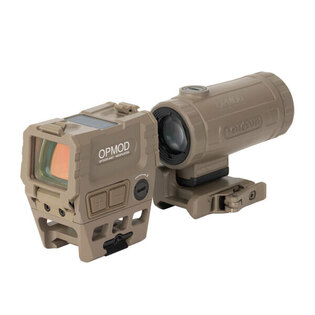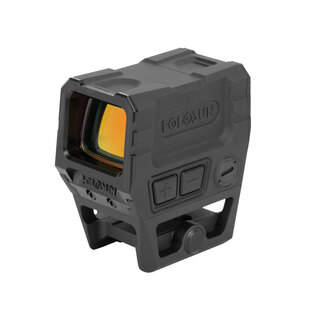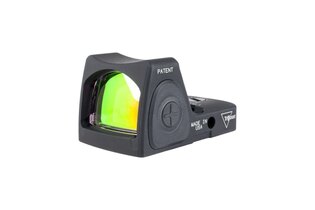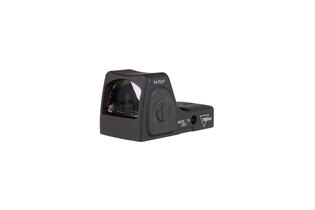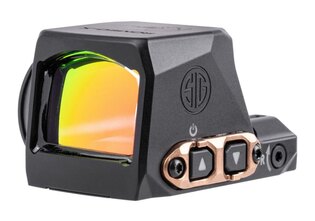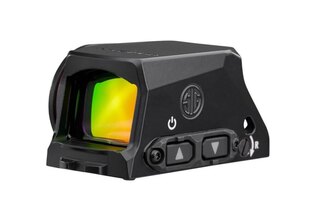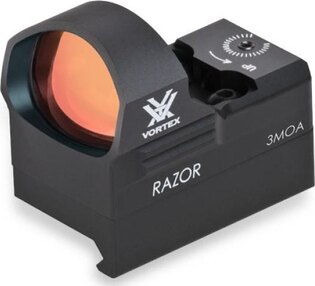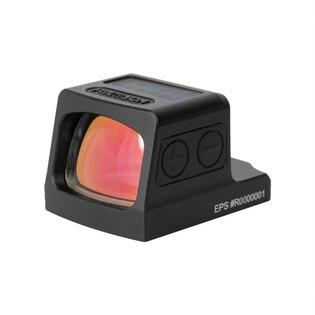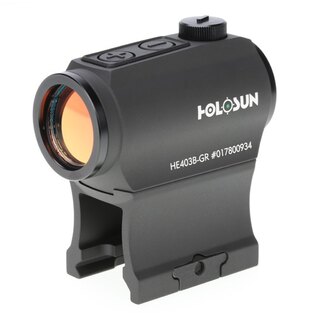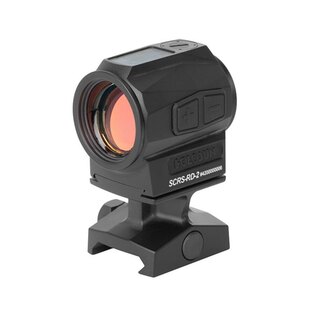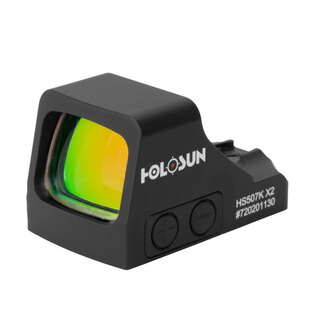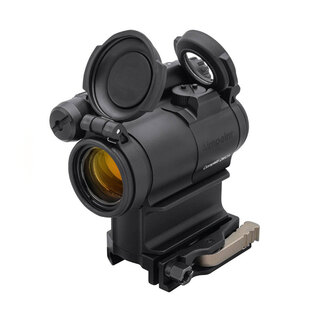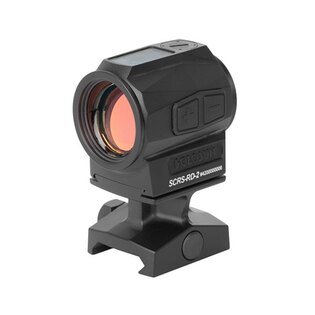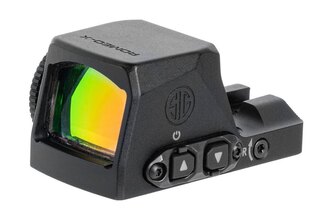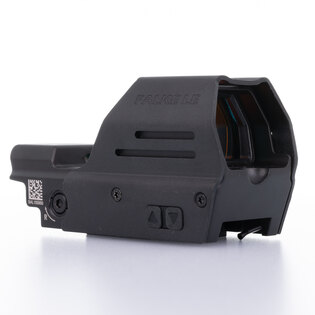How to Properly Care for Weapon Optics: Practical Damage Prevention Tips
Optical devices such as rifle scopes, red dot sights, and binoculars are precision instruments, inherently sensitive and vulnerable to damage. Even a grain of dust or improper cleaning technique can compromise their function permanently. Fortunately, maintaining weapon optics isn’t complicated—once you know what to avoid and what tools to use.
What Types of Optics Are Commonly Used?
Weapon optics encompass a wide range of devices that enhance accuracy, situational awareness, and reaction speed. These typically include:
🔵 Rifle Scopes – The go-to solution for medium to long-range shooting.
🔵 Red Dot and Holographic Sights – Ideal for rapid target acquisition at short to medium ranges, especially on handguns or carbines.
🔵 Rangefinders – Used for accurately determining the distance to a target.
🔵 Night Vision and Thermal Optics – Designed for low-light or difficult visibility conditions, often incorporating electronic components.
🔵 Spotting Scopes, Monoculars, and Binoculars – Not mounted directly on a weapon but are standard tools for many shooters.
What all these devices have in common is precision-crafted optics—often with anti-reflective coatings and integrated mechanical or electronic systems. As such, they demand careful, specific handling to prevent premature wear or irreversible damage.
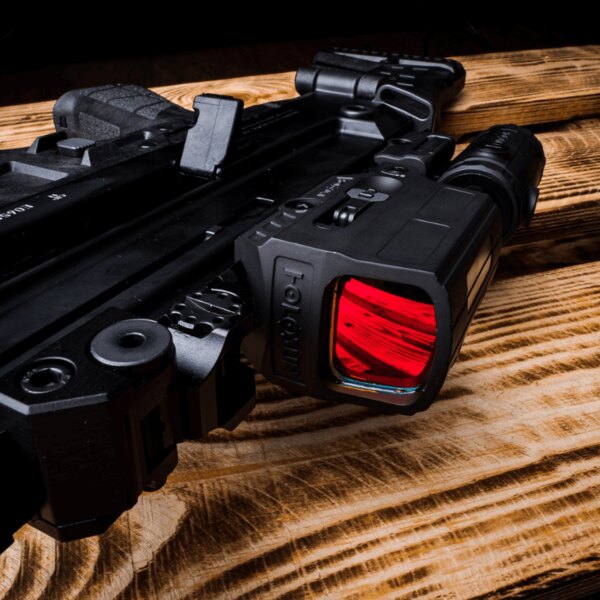
A high-quality collimator is essential for precise aiming—making regular lens care all the more critical.
Common Mistakes That Damage Optics
Weapon optics are among the most sensitive pieces of gear. Mishandling or poor maintenance can lead to lasting damage—often before the user even notices. Here are some of the most common pitfalls:
⚠️ Using Inappropriate Cleaning Materials
Wiping lenses with a shirt corner, tissue paper, or other abrasive materials can leave micro-scratches, reducing clarity and light transmission.
⚠️ Dry Wiping with Debris Present
Dust and sand act like abrasive grit. Dry wiping lenses with contaminants still present can damage coatings or even the glass itself.
⚠️ Temperature Transitions Without Aclimatization
Sudden changes from cold to warm environments can cause condensation on both sides of the lens. In waterproof optics, this moisture may take a long time to evaporate, impacting image quality.
⚠️ Exposure to UV Light and Impact Without Protection
Prolonged sunlight exposure and repeated impacts degrade optical coatings and mechanical integrity. Protective covers and padded cases are essential.
⚠️ Improper Storage Conditions
Storing optics in damp, dusty, or extreme environments leads to accelerated degradation. For long-term storage, maintain stable temperature and low humidity.

Optics paired with high-caliber weapons demand reliability—both in action and during everyday maintenance.
Best Practices for Optics Care: Maintenance Essentials
Caring for optics isn’t difficult, but it requires consistency and attention to detail. Following these basic rules will help ensure your equipment stays functional and dependable, even under tough conditions:
✅ Clean Optics After Every Use
Consistency is key. Even minor debris can gradually damage delicate lens coatings.
✅ Start with Dry Cleaning Techniques
Remove dust or larger particles using a brush, air blower, or compressed air before applying cleaning fluids.
✅ Never Wipe Lenses Dry
Always pair a microfiber cloth with an appropriate cleaning solution. Dry wiping increases the risk of scratching.
✅ Use the Right Lubricant on Mechanical Parts
Turrets and focus rings may need light lubrication. Always use optics-safe products—general-purpose oils may be too harsh or leave residues.
✅ Protect During Transport
Lens caps and protective cases aren’t optional—they guard against mechanical damage and environmental exposure.
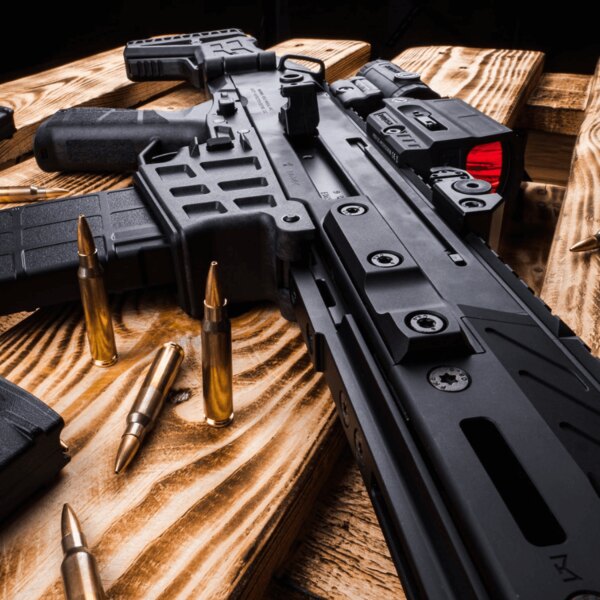
Comprehensive optical setups combine multiple devices, making it vital to clean each component carefully and deliberately.
What to Use—and What to Avoid—When Cleaning Optics
The market offers a wide range of specialized tools and solutions that clean optics gently and help preserve their longevity. Improvising with household items—like tissues, alcohol, or shirt fabric—can backfire. For sensitive optical surfaces, improper cleaning is often worse than no cleaning at all.
All it takes is a few extra tools and a couple of minutes. High-quality optics deserve proper care—a scratched lens or compromised coating from an unsuitable cleaner can have permanent consequences.
| ✅ Recommended Tools | ❌ What to Avoid |
|---|---|
| Microfiber cloth (seamless, preferably optical-grade) | Paper towels or tissues – contain abrasive fibers |
| Specialized lens cleaning solutions (alcohol-free) | Alcohol, acetone, or gasoline – can damage lens coatings |
| Air blower, lens brush, or compressed air for dust removal | Blowing with your mouth – breath introduces moisture |
| Lens cleaning pen (e.g., Vortex or equivalent) | Wiping with shirt sleeves, hoodie fabric, or other clothing |
| Lens caps and a protective case during transport and storage | Storing unprotected in humid, sunny, or dusty conditions |
💡 Recommended Products for Optics Care
These tools will help you keep your optics in excellent condition and prevent damage caused by improper maintenance:
-
Vortex® Optics Cleaning Pen
A compact 2-in-1 tool for daily lens care – combines a retractable brush and a cleaning pad. -
Vortex® Fog Free Optics Cleaning Kit
A complete wet-cleaning solution including anti-fog fluid, microfiber cloth, and soft brush. -
Riflecx® Clear Shot Optics Cleaner 100 ml
A gentle, alcohol-free and antistatic solution – safe for all optics and coatings. -
Riflecx® Compressed Air 500 ml
Removes dust and debris safely and without direct contact.
🔒 Protective Cases for Safe Transport
-
Vortex® Sure Fit Scope Cover:
Small, Medium, Large
Protects your optics from dust, UV exposure, and mechanical damage. -
Mystery Ranch® Spotting Scope Sling Case
A rugged transport case for spotting scopes and larger optics – built for demanding conditions.
Summary: Why Proper Optics Care Is Worth It
Weapon optics are a serious investment, and they deserve serious care. Regular cleaning, careful handling, and appropriate storage keep your lenses clear, mechanisms smooth, and performance consistent—even in challenging environments. Just a few minutes of attention after each use can prevent the kind of damage that leads to poor accuracy—or expensive repairs.
To get the best performance from your optics, don’t overlook the details. The right tools, proven techniques, and a little discipline go a long way.
Readers are further interested

